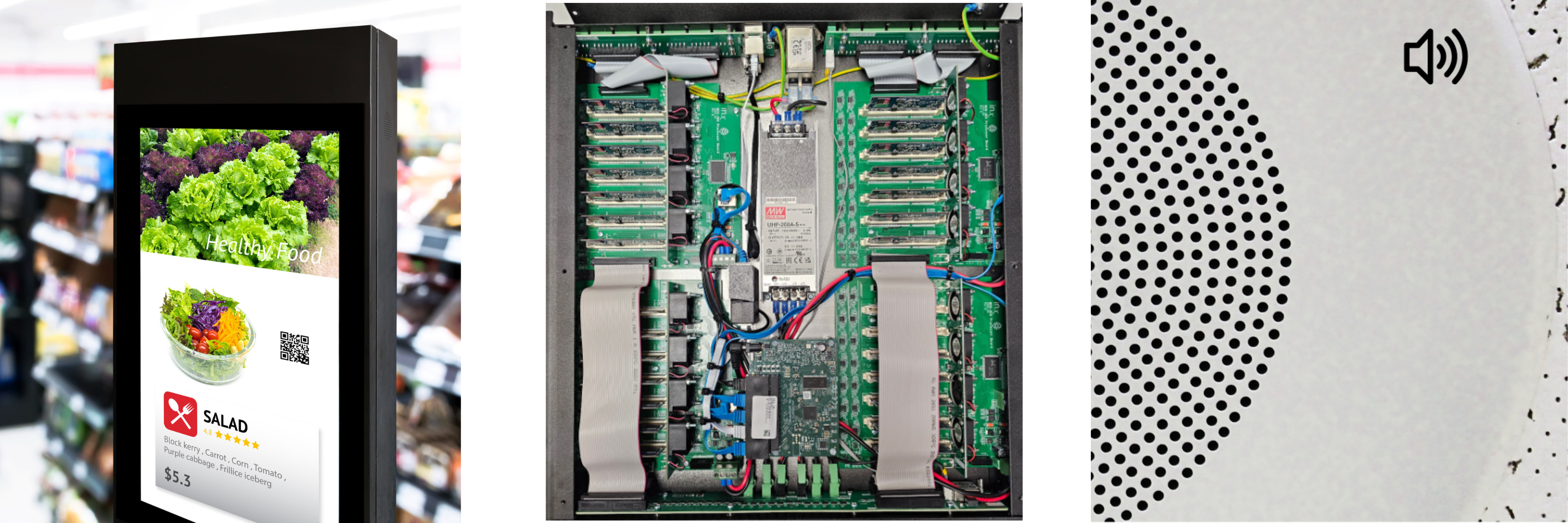Project Overview
A growing number of service customers using inxware for IoT-enabled media systems to deliver their unique services or support their innovative edge-ai technologies were looking to scale on to new hardware to increase their scope in the deployed systems value chain. Many solution that would remain easily updateable to launch new services and features over-the-air, but also be able to seamlessly deploy this across new and legacy assets in the field. Some of the new hardware types included entirely different CPU and operating systems types with legacy systems using x86-Linux and new products using high density modular ARM-Android.
Challenges
Service providers had several critical requirements to address:
- Legacy Integration: Avoiding redundant software non-recurring engineering (NRE) and maximising the reuse of proven application software was essential.
- Seamless Transition: Maintaining a unified software application across both legacy systems and new edge devices was necessary to minimise differentiation and support costs.
- Application Complexity: The inxware-lucid applications encompassed hundreds of no-code function blocks, equating to thousands of lines of conventional code. Handling real-world scenarios and exception cases in a 24/7/365 service environment was a formidable task.
- Market Demands: Providers needed to ensure that their products maintained high standards of software capability and maturity while swiftly adapting to new market opportunities.
Our Solution
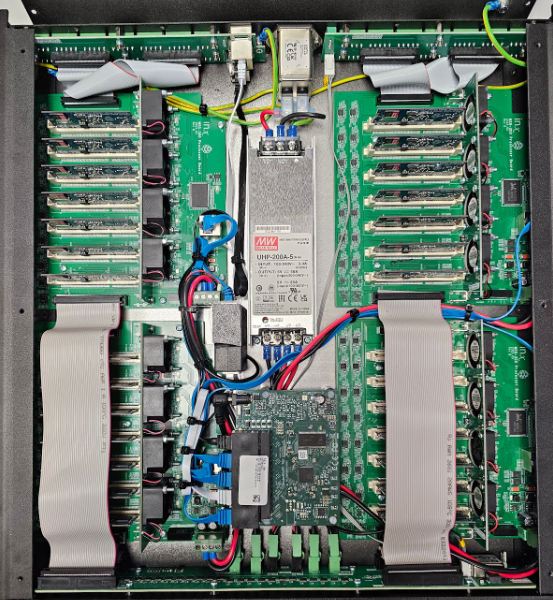
Leveraging the inxware platform, developers were able to transition to a new, modular edge computing system without rewriting or even porting their currently deployed software base. The Lucid no-code environment played a pivotal role in this transition:
- Rapid Innovation: Developers could build on their existing high-quality, self-documenting software from day one.
- Unified Application Management: The “Write once and deploy everywhere” capability of inxware provided consistent performance across many diverse hardware types in the field.
- Scalable Development: Service providers were able to win new customers and projects by deploying radical changes with minimal risk and cost compared to conventional OTA software update risks.
HTTP URL Get:
- Facilitates streamlined retrieval of remote data.
- Ensures efficient communication between different system components.
- Simplifies integration with external web services.
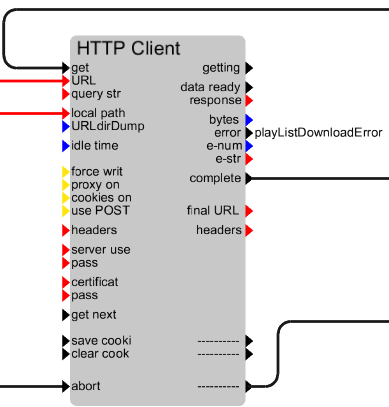
SMIL Playlist Parser:
- Enables organised media scheduling and playback.
- Parses and interprets SMIL playlists to manage multimedia content.
- Supports dynamic media presentation across devices.
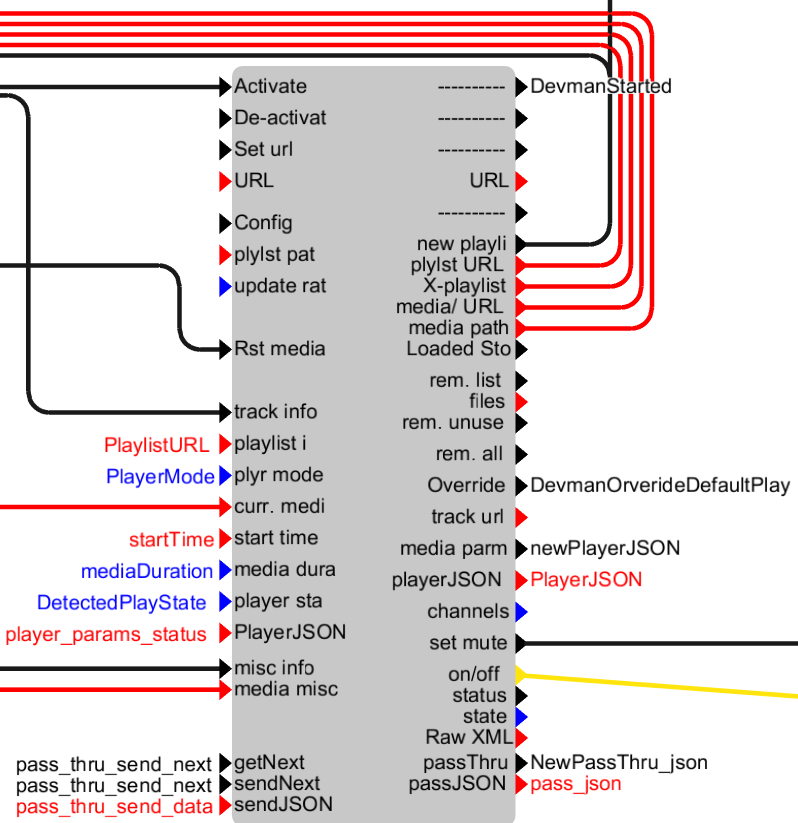
Media Playout
inxware provides hardware optimised media playout for any type of device using system vendor-specific technologies. Some platforms may use gstreamer, libVLC, Android media or via other platofrms such as Unity 3D. The results are the same across all platforms with no changes to the Lucid applications.
- Hardware accelerated using best-in-class middleware and SoC drivers.
- Plays multiple media formats directly from multiple sources including file systems or streamed from the cloud.
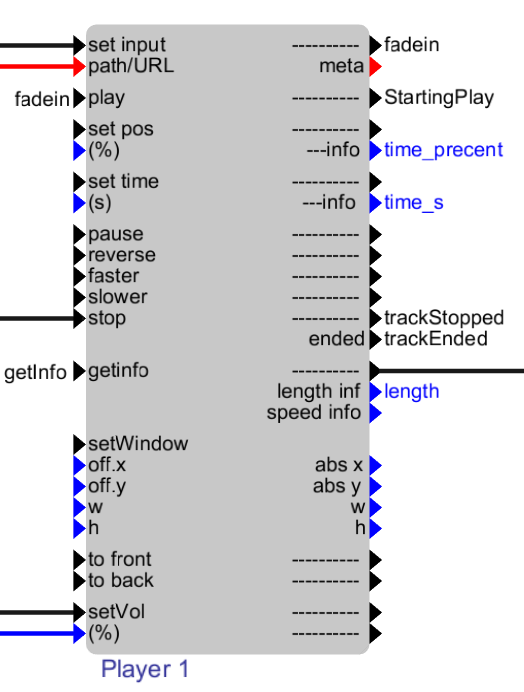
Outcomes and Benefits
The adoption of a no-code approach delivered several significant benefits:
- Cost Efficiency: Development in a no-code environment meant that iteration and debugging took less time, causing significant cost savings.
- Enhanced Reliability: With legacy applications seamlessly integrated into the new system, overall system reliability improved while maintaining high service quality.
- Streamlined Support: A unified application running across diverse hardware platforms minimised support complexities and reduced ongoing maintenance costs.
- Agility in Innovation: The rapid deployment of no-code solutions allowed developers to quickly adapt to changing market demands, ensuring that their edge computing products remained competitive and future-proof.

